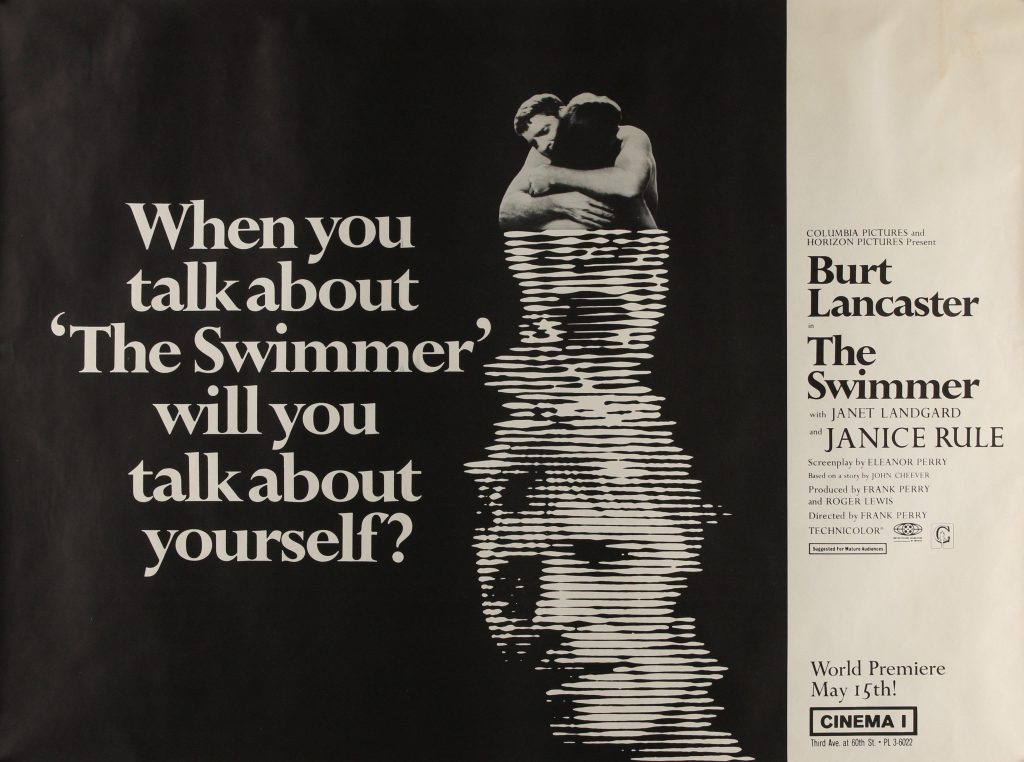If there’s any question that Powell and Pressburger’s The Red Shoes is set in a time and place quite distant from ours, that’s put to rest in the opening scene, in which there is a mad rush for seats to the ballet – by a bunch of college kids, no less, worked up like they’re going to a Chuck Berry concert. But the picture is much more than a time capsule, or a musical, or a fairy tale. At its heart, it’s a backstage drama, and one of the best in all of cinema, a tragic fairy tale within a tragic fairy tale.
As with any backstage drama, it’s also a portrait of secret romances, frenzied passion, towering egos and jealousy, and the painful and emotional toll of fully dedicating oneself to one’s art. Things start messy and only get more complicated, as music student Julian Craster (Marius Goring) is brought into the Ballet Lermontov company as an assistant – as a tacit acknowledgment and compensation for one of his professors plagiarizing his music for the score of a recent production.
That offer is extended by the company’s impresario, Boris Lermontov (Anton Wolbrook) – the puppeteer who pulls all the strings. Not long after hiring Craster, he drafts a new, unknown dancer, Vicky Page (played by ballerina Moira Shearer), and has Julian compose a new ballet for her: The Ballet of the Red Shoes, based on the dark Hans Christian Anderson fairy tale. Lermontov doesn’t intend to solely be Vicky’s employer; he feels he has created her,, and her devotion seems, to him, an even trade.

But she and Julian have already fallen for each other, over the piano and across the transom of the stage, and one of the many dead-on elements of The Red Shoes (and the best of all backstage dramas) is its understanding of the powerful aphrodisiac of creative collaboration (and disagreement). Yet even as these matters of the heart blossom, directors Michael Powell and Emeric Pressburger keep their eyes squarely on the art; the dance scenes, of both rehearsal and performance, are lengthy, leisurely, and luminous – sometimes strange, always striking. As with something like 42nd Street, much of what we see happening on the stage is technically, logistically impossible. And it couldn’t matter less; Vicky’s performance in The Ballet of the Red Shoes is a 17-minute sequence of hallucinogenic beauty, and we experience the ballet, both ecstatic and menacing foreshadowing, both through Vicky’s eyes and as members of the paying audience. Later, her agony over having to choose between her heart’s need to dance and her true love drives the play toward its fateful (and famous) final act.
The delicious saturation of the color photography matches the high temperature of the events on-screen, which are suffused with that specific heat of British films of the period – the manners, accents, and clothing are so refined, but these people are all so consumed with passion, they can barely walk and talk at the same time. By the time Lermontov is aware of the affair between his composer and his star, she’s too far gone; he pleads with her, threatens her even (“I could make you one of the greatest dancers in the world”) and it doesn’t matter to her. Despair, toxicity, and rage overcome him; he faces himself in the mirror, and can barely look at the reflection.

Martin Scorcese has loudly and frequently proclaimed The Red Shoes to be one of his stylistic influences, and that image, of a broken man staring himself down, recurs throughout his filmography (most notably in Taxi Driver and Raging Bull). (There’s also a shot, during a rehearsal, of the camera gliding down the dancers at the barre that feels like Scorsese’s aesthetic origin story.) The influence is by no means confined to his work. In its immediate aftermath, multiple MGM musicals (including An American in Paris and Singin’ in the Rain) aped its ballet interlude; in more contemporary circles, Black Swan feels like a spiritual sequel, while filmmakers like Guillermo del Toro and Wes Anderson have sung its praises.
There has, as of late, been some (shall we say) heated conversation on social media concerning the value and importance of old movies, and this is neither the place to litigate those arguments. But watching The Red Shoes in the midst of all that was like an accidental rejoinder; devalue the cinema of the past as much as you want, but it’s important to remember that whatever you deem “new” enough to merit your time and attention, it’s likely reworking the themes, visuals, and ideas of “old movies” anyway. If you love movies, you love old movies – whether you want to admit it or not.
“The Red Shoes” is currently streaming on Amazon Prime Video, HBO Max, and the Criterion Channel.



